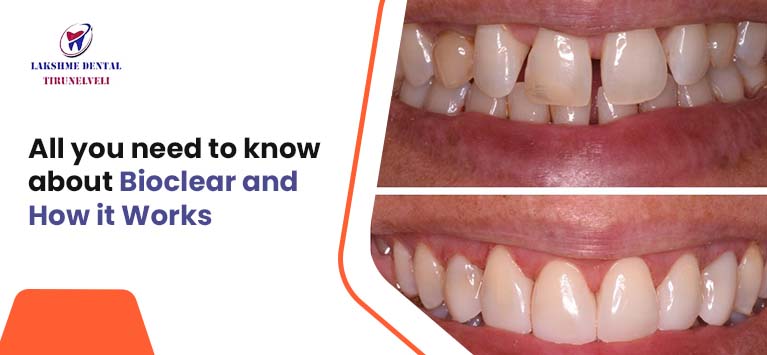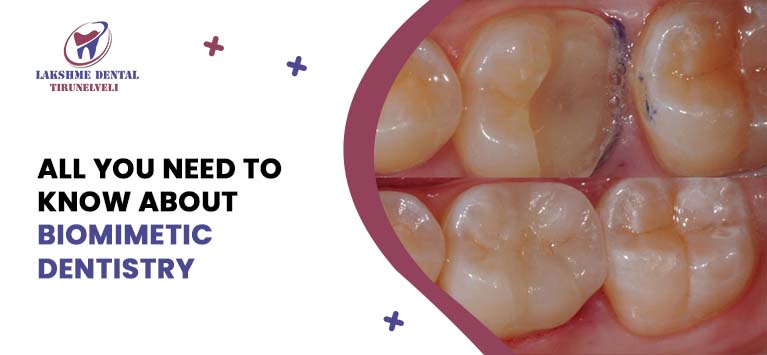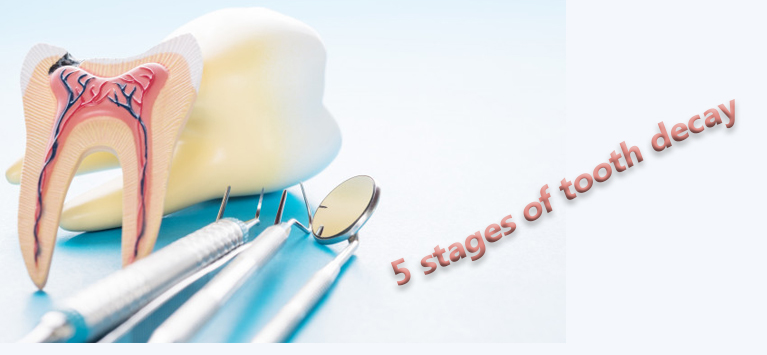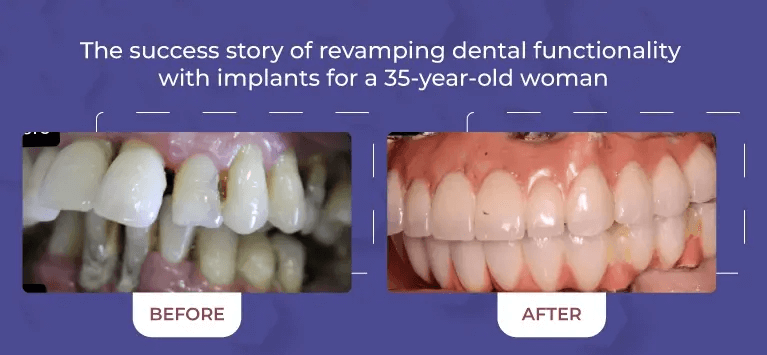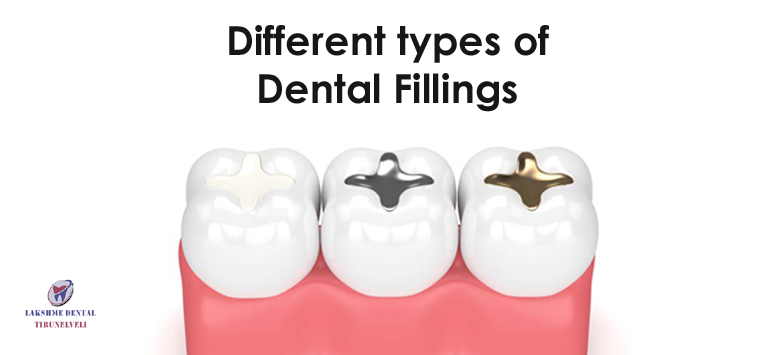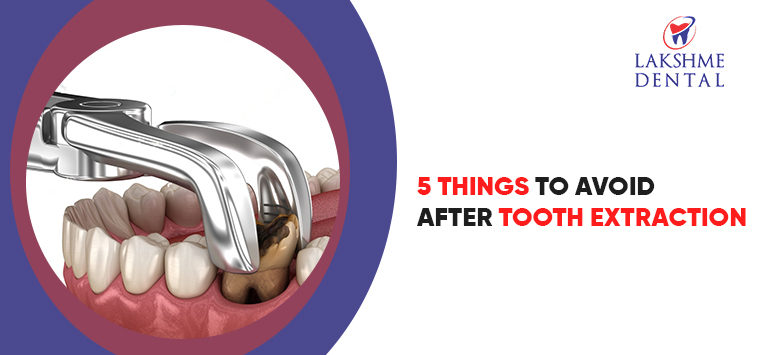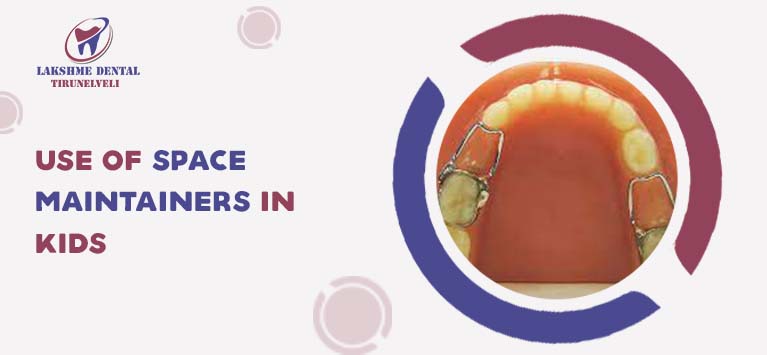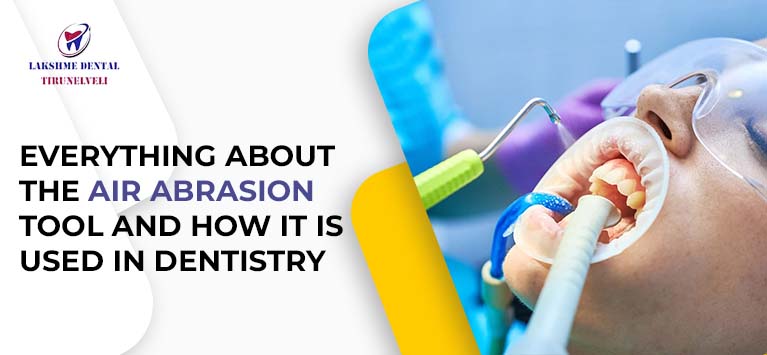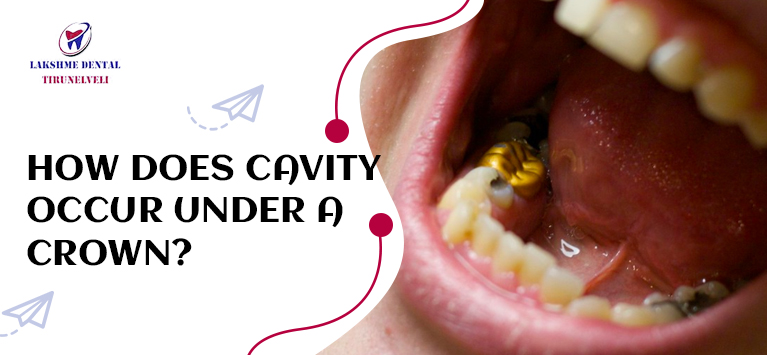
How Does Cavity Occur Under a Crown?
Dental Crowns, also known as teeth caps help envelop a damaged or mishaped tooth to revamp its appearance and function. When a natural tooth has a deep cavity, it cannot be treated with dental fillings and mandates extensive repair works like RCT. The dental caps are utilized to enclose the root canal-filled tooth.
Obviously, the natural teeth repaired with crowns are protected to a great extent but it does not mean that they are not susceptible to decay or bacterial infection.
Will oral bacteria affect a crowned tooth?
In simply, yes.
Normally, dentists extract the infected portions of a tooth and then fabricate a custom-made cap. It is then fixed over the remaining tooth structure with an adhesive agent. The dental crowns are manufactured with a variety of materials- porcelain, metals, stainless steel, and even gold from which the dentists choose depending on the patients’ needs.
Even though a dental crown renders the protection the treated tooth wants, cavities occur because the remaining natural portion of the tooth exists underneath.
How do cavities occur underneath a dental crown?
In most cases, the infections in a crowned tooth happen with poor oral hygiene.
Usually, the infection begins with the plaque (a thin biofilm of oral bacteria and saliva) deposition in the region where tooth and crown meet. This junction is called margin.
The plaque build-up will appear if you do not remove the food debris lodged in the margin properly. It provides a way for the oral bacteria to enter beneath the fixed crown and affect the remaining portion of the tooth, eventually ends in cavities.
Keep in mind that the chance to preserve a decayed tooth after crowning is very less.
How can you detect cavities under crowns?
It is quite hard to diagnose the rot or damages such as cracks in a crowned tooth. Dental doctors take advantage of x-rays to identify the cavities on a crowned tooth.
Similarly, a crowned tooth exhibits some difficulties when it is damaged or infected with oral bacteria. The common signs to detect cavities in a crown fixed tooth are as follows:
- Pain around the crown
- Bad Breath
- Redness around the crown
- Inflammation in gums where the crowns fixed
- Sensitivity in the crowned tooth
- Pain while biting
- Fluid coming out from the crown
- Atypical warmth in one side of the mouth where the crown is placed
- Swelling in neck glands
Many people are not aware of the signs of infections under a crown because various oral disorders also exhibit these signs. If you get a dental crown and encounter any of the mentioned difficulties, visit your dentist immediately.
They might be a symptom of infections in the crowned tooth. If it is not addressed on time, the bacteria will spread throughout the tooth and will push you to surgically remove the tooth.
Bottom line
Even though dental crowns cannot last forever, they can last up to 10 years with proper oral care. In simply, you should take care of the crowned teeth as well as your natural teeth.
Besides extending the life of your dental crowns, an effective dental hygiene routine along with regular dental checkups will prevent bacterial infections like cavities under a dental crown.

